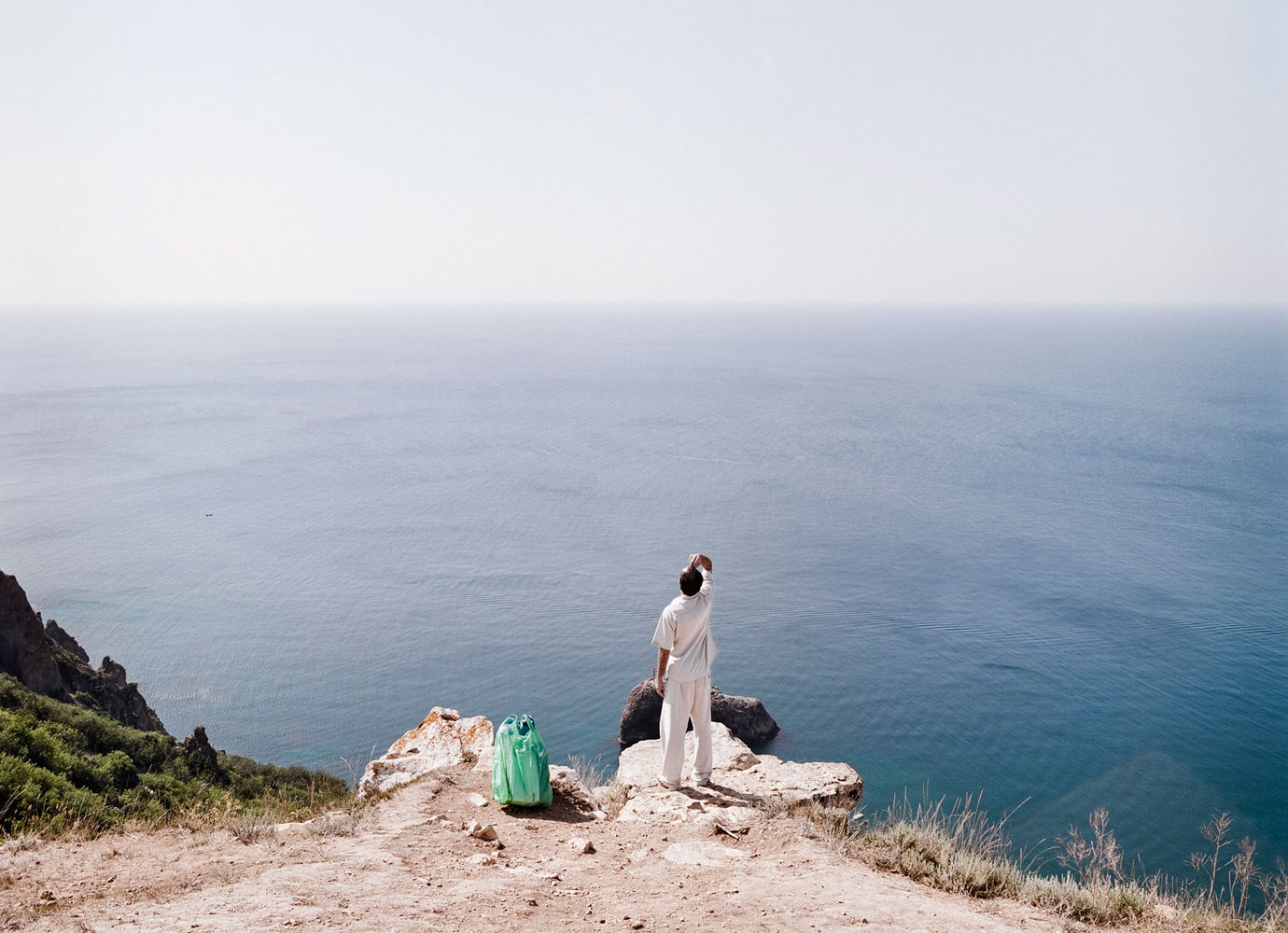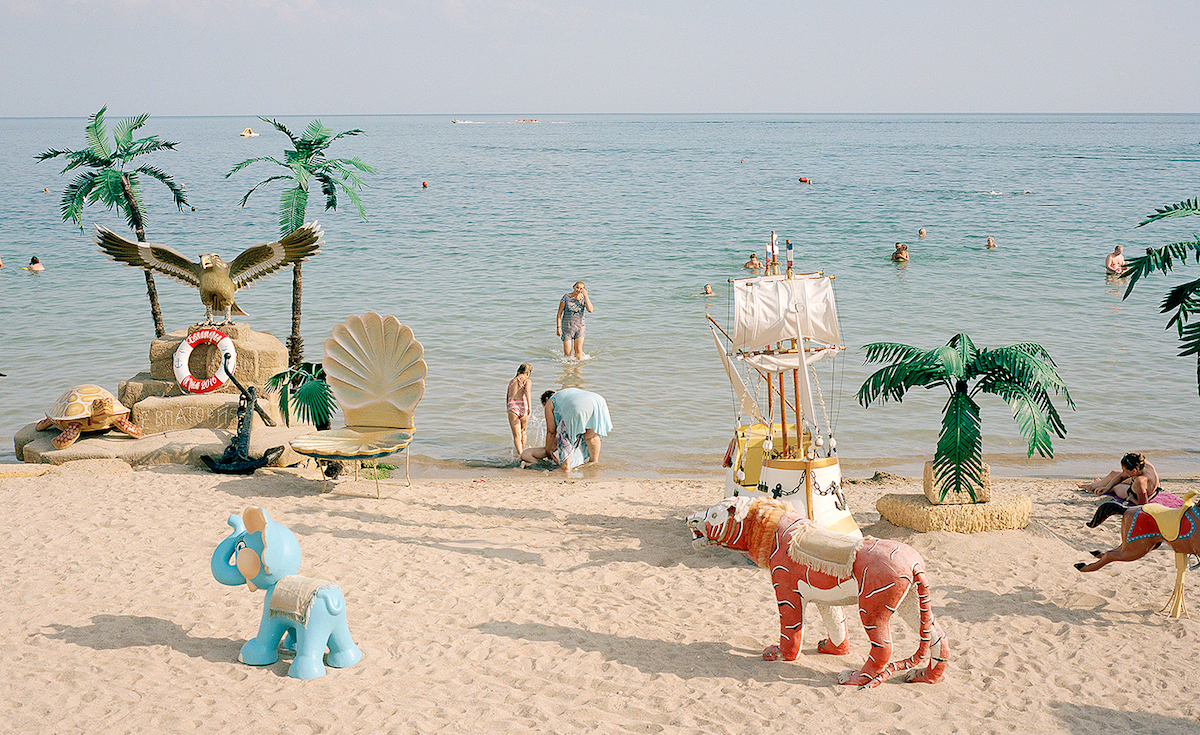How do you avoid clichés in photography? We asked the experts | New East Photo Prize
There are several questions we ask before publishing photo stories on The Calvert Journal. One of the most common is whether a project repeats the region’s stale clichés, or interrogates the stereotypes we’ve already seen.
When we launched the New East Photo Prize in 2016 to celebrate contemporary photography from Eastern Europe, the Balkans, Russia, and Central Asia, we wanted to broaden perceptions of the region by welcoming professional and non-professional photographers alike.
With the deadline for entries for the prize’s 2020 edition less than two months away, we’re already waiting for a new crop of photographers to share their perspective on an underexplored region. In the meantime, however, we turned to a group of international experts to share their thoughts as to why clichés are still so common in New East photography — and what you can do to avoid them.
Entries are open for the New East Photo Prize 2020. Submit your applications by midnight on Monday 20 July 2020. For more information, click here.
Lana Stojićević's series Sunny Side from 2018’s New East Photo Prize
“Focus less on how your story fits into existing narratives and tune into yourself”
Anastasiia Fedorova, curator of Post-Soviet Visions: image and identity in the new Eastern Europe
Photography shapes so much of how we perceive reality. The push of a button can give meaning and weight to stories, but it can also inhibit them. We know the extent to which photographs inform our perceptions of beauty and gender; geography, too, is not neutral in this sense.
The “New East” is as much a political and artistic construct as it is a geographic territory. The most recognisable images of the New East are often tied to the region’s past — to the communist regime and its aesthetics, whether that takes the form of neglected monumental architecture or former Soviet military outposts. To me, these images are not necessarily untrue, but when reality is reduced to just a few tropes, it becomes a distortion.
I think the greatest challenges and rewards for any image-maker is finding subjects and perspectives that have not yet made it into global visual culture. The journey begins by looking at those things which are closest to you: communities, people, landscapes, objects, and artefacts, anything which is part of who you are and your background. How do you capture their true character and spirit? How do you tell their stories?
Personal stories are the most powerful. Often subjects that seem trivial offer the greatest revelations. Instead of thinking about how this story could fit into existing narratives, tune into how it appears to you. You’re the best person to know how your story should be visualised.
Sasha Rudensky’s series Tinsel and Blue from 2016’s New East Photo Prize
“Make work about whatever is important to you”
Evita Goze, photographer and curator at ISSP Gallery, Riga:
Being a photographer from anywhere that isn’t the West can be a double-edged sword. If your work is similar in subject matter to the projects being shot in your country by foreign photographers, it’s likely that your images will be called cliché. If your photographs are influenced by what your Western peers post on Instagram, you’ll be told that you’ve lost your own identity. With that in mind, the most important thing is to make work about whatever is important for you, excites you, troubles you, or keeps your interest. Secondly, you should look at how other artists (not necessarily photographers) have treated your subject matter. I think that the only way to recognise overused tropes in photography is to spend time looking at other people’s work. After a while you might start to realise that you are sick of certain choices repeated over and over again.
Ziyah Gafić’s series Bosnia: Paradise Lost from 2016’s New East Photo Prize
“Seek out stories that portray the wondrous hope of a people”
Ennis Cehic, author of New Metonyms: Bosnia & Herzegovina — A Literary Photography Book
We often come to understand places through clichés. Many time-repeated images and landmarks are the ones that make us curious and eager to travel. Clichés thus serve a purpose, but they can also be a disservice to a place. They can steep a country or a region in an image that creates an unwanted perception. I believe that many countries in Eastern Europe and the Balkans suffer from this tired and clichéd image: the post-Soviet photograph of concrete architecture is a perfect example. Is that all the region is? I think that photographers from the New East have a good understanding of what clichés and stereotypes make up their country. They know not only to avoid them, but to dismantle them entirely, because they know their country and the region to be much more nuanced and complex than a simple block of concrete flats.
In Eastern Europe and the Balkans, some minorities are still fighting against systemic stereotypes that have no place in modern life, that keep them from living their full existence. There are many stories of suppressed voices just as there are rising subcultures: young people looking for justice in an age of reclamation, standing up to racism, to vilification. These are the stories that portray the wonderous hope of a people. Any photographer would be hard-pressed not to go and seek them out.
Boglárka Éva Zellei’s series Furnishing the Sacred from 2018’s New East Photo Prize
“Be curious, lean into ambiguity, and seek out accidental encounters”
Liza Premiyak, Managing Editor at The Calvert Journal:
One of the most common mistakes I see photographers make is that they jump straight into shooting. That often means that the most fascinating spaces (like cities) and uncertain times (like the very period we are living through) end up being stripped of their unpredictability. The same images appear again and again. As a photographer, resist the urge to rely on your camera to make sense of your immediate surroundings. Instead, take some time away from taking photos to explore your own evolving relationship to the place you are shooting. How do you see or experience it differently from your peers? If you’re including other people, make sure to embed their own perspectives in the story. Anyone can find an interesting location and post it on Instagram. Be curious, lean into ambiguity, and seek out accidental encounters. Crucially, ask yourself, what is the conversation I want to have with the viewer?
Elena Subach’s series The Sacrifice from 2016’s New East Photo Prize
“Photo competitions push expectations. Go beyond them”
Elena Anosova, award-winning artist and New East Photo Prize 2020 judge:
The photo industry makes it hard to avoid clichés. Expectations are set by the market, photo competitions, and experts’ opinions. As a result, photographers often abandon their initial ideas and creative freedom. They submit the work that they think should fulfill these expectations. Many competitions do limit artistic freedom. It’s not something which is either good or bad; sometimes it can play to your advantage. I am personally interested in stories that are diverse and bold, that go beyond straight-forward photography and ask questions about their subject matter — be it a social study, a political statement, or some form of self-expression.


